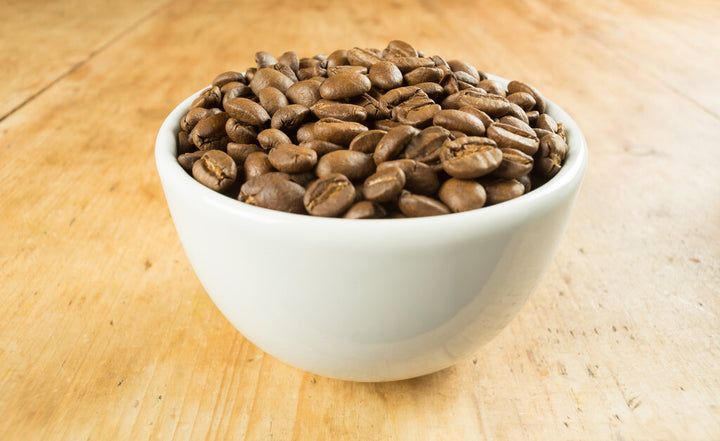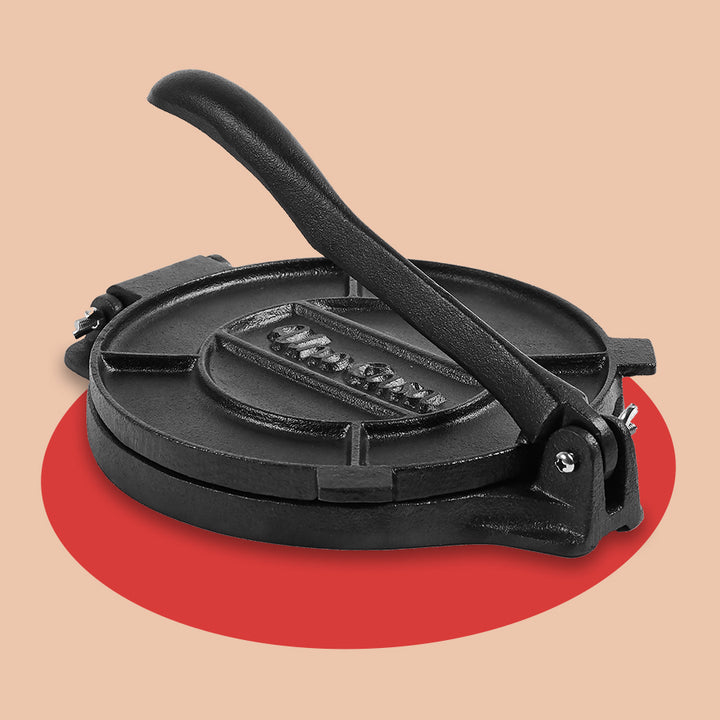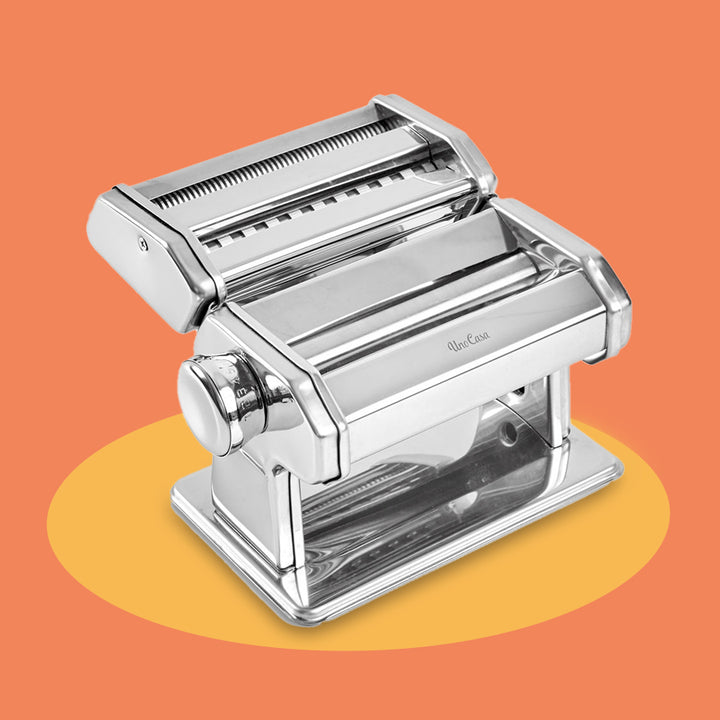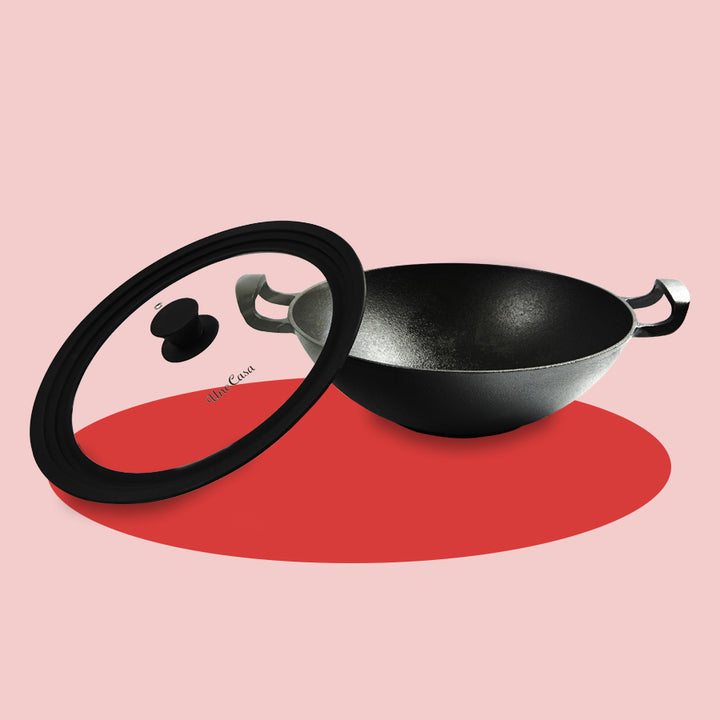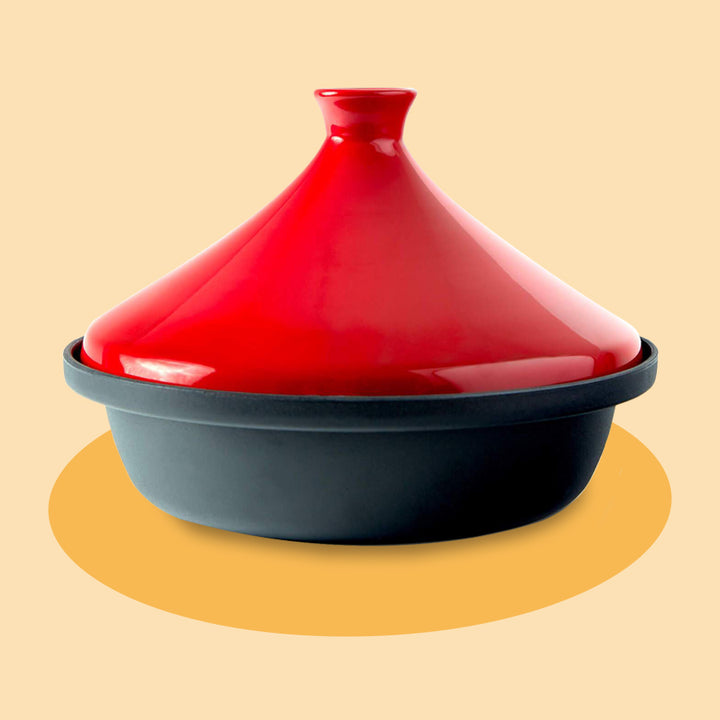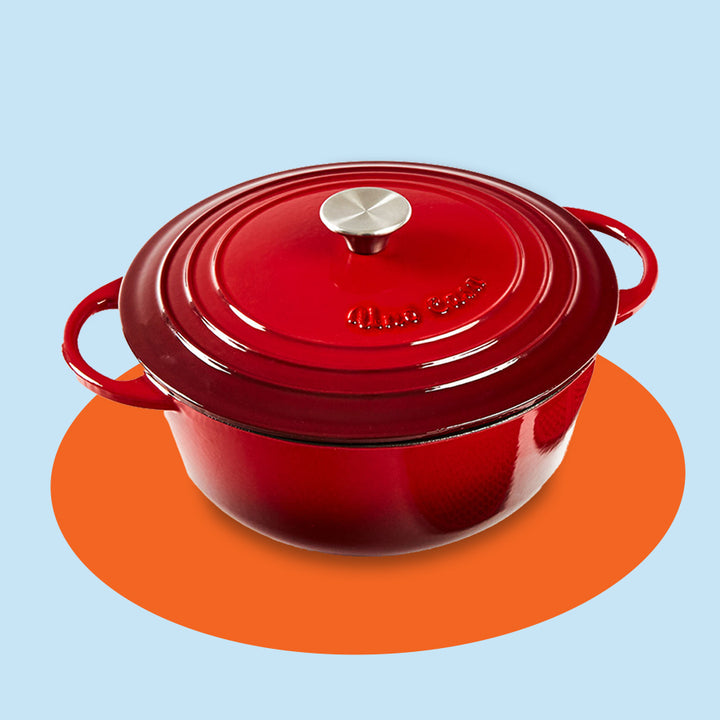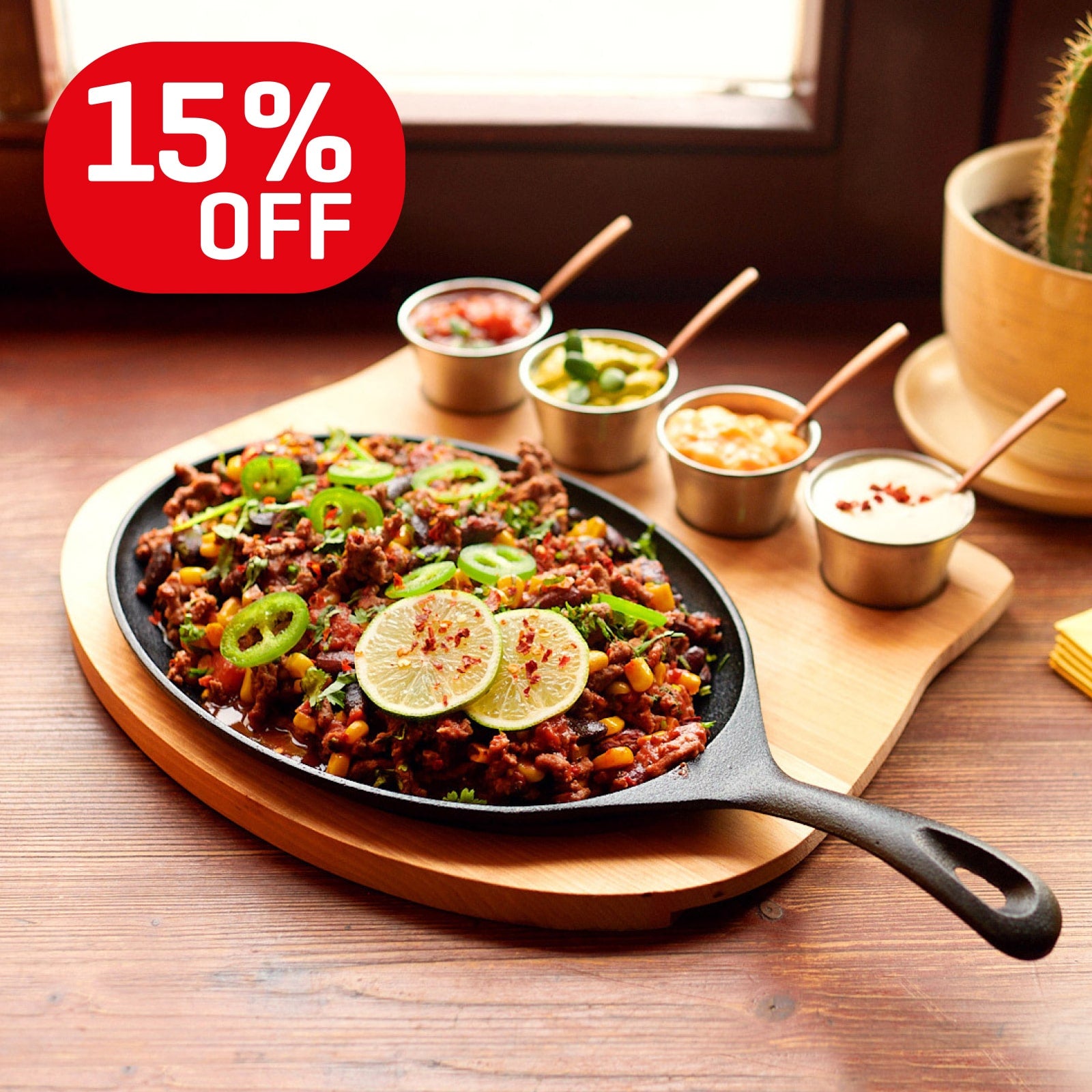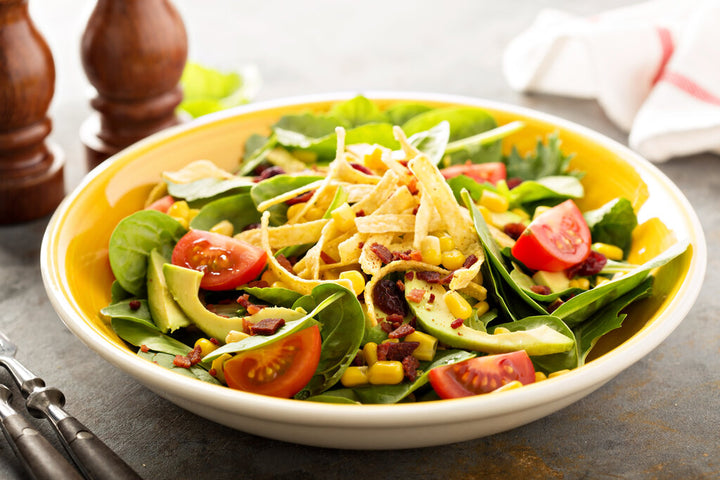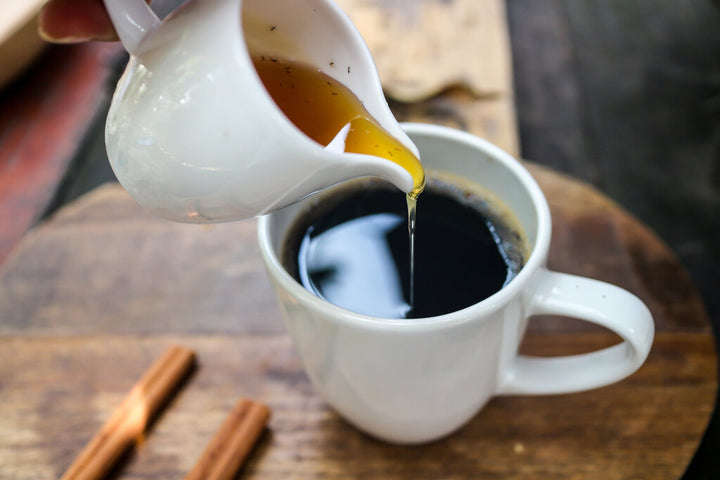How to Season Cast Iron Cookware: The Complete Guide

Learning how to season cast iron cookware is the simple secret to a long and extended cooking life for your new cast iron skillets or pans. Regular seasoning is an integral part of caring for cast iron cooking equipment, and it's an essential skill that any budding chef needs to master in the kitchen.
Without taking the time to re-season cast iron, you run the risk of it developing rust and losing its non-stick cooking surface. Cookbooks are stuffed full of different dos and don'ts when it comes to cast iron seasoning, so in this article, we asked our experts to dispel the myths and explain the best way to season cast iron.
What's the best cast iron piece to start with?
If you're new to cast iron, try investing in a few multipurpose tools. They tend to be less expensive when bought in a set. We started with a 10- and 12-inch cast iron skillet set from Uno Casa, the most common sizes you'll use as you slice, dice, and fry your way to chef mastery, or at least, chef amateur-y!
Keep reading and learn how to season cast iron cookware the correct way!
Why use a cast iron skillet for cooking?
Before you learn how to properly season a cast iron skillet, let us explain why you should consider investing in one.
Maybe you already have plenty of pans at home, but if you haven't added a cast iron pan to your collection yet, you need to get your hands on one! Once well seasoned, a cast iron skillet can last well over a century, getting even better with time. Not only that, but the high heat retention helps you to give your steaks a perfect sear and cook your meals evenly.
Beginners may want to try cast iron skillet that come pre-seasoned, so the pan's base is pre-built and immediately ready to start frying. If you're starting with a preseasoned pan you'll still want to read below, as even well-seasoned skillets need to be reseasoned regularly to stay in great shape.
What is 'seasoning,' and why do our cast iron pans need it?
Seasoning is a crucial component of any piece of cast iron cookware, be it a cast iron pan, a cast iron skillet, or even a cast iron Dutch oven. Seasoning is found on the cooking surface of your cast iron cookware, and it offers your pots or pans a layer of protection against rust while producing a natural, non-stick cooking surface.
Oils and heat create this layer of 'natural' protection. Heating oil to season cast iron pan or skillets results in the polymers in the oil bonding with the iron, creating a naturally non-stick cooking surface. This always happens slightly when you cook with oil, but you should season it separately to look after your cookware. This will ensure it lasts much longer.
What's the importance of cast iron pan seasoning?
Knowing how to cure a cast iron skillet or pan through regular seasoning is a crucial skill if you want to extend the lifespan of your skillet and get the most cast iron cooking in the kitchen.
Seasoning is important because it provides our cast iron cookware with a layer of protection against the elements. Without treating cast iron pans, we run the risk of the iron reacting with the air and water to form rust. The resulting rust spots can potentially harbor bacteria, and rust may flake off into your food.
Because this protective layer of seasoning is naturally non-stick, any cast iron skillet, pan, or griddle that is not properly seasoned will lose this non-stick property, leading to burned on food. Burned on food is not only difficult to clean off the pan, but it also affects the cooking process and the taste of your food (nobody likes a burnt-flavored steak!).
Speaking of burning, you'll need to be careful handling your cast iron. Unlike frying pans with attached handles, cast iron skillets are all in one piece. The entire skillet gets piping hot, including the handle. We use our Uno Casa skillets with the silicone handles that come with them, but you can also buy them separately or invest in a strong, heat-resistant oven glove - just remember to keep it on as you cook!
Cast iron pans are quite heavy compared to those stainless steel or non-stick coated pans you may be used to, at 4-12 lbs on average. Our skillets have an ergonomic handle that makes lifting and maneuvering easy - an accidental drop at the wrong time can be an absolute dinner disaster and could seriously hurt your toes or floor.
How to season cast iron pans and skillets?
Learning how to season an iron skillet can give your cookware an extended lifetime of use in the kitchen, but it's important to get the steps right. Luckily, learning to season, a cast iron pan be broken down into 5 simple steps. While cast iron like Uno Casa's can be used in the oven, stovetop, or even the BBQ, the best way to season your cast iron is inside your oven after cleaning it thoroughly. Follow these steps, and you'll master cast iron skillet seasoning:
- Scrub and clean your cast iron.
- Thoroughly dry your cast iron.
- Season your cast iron cooking surface with a light layer of oil.
- Place your cast iron into a preheated oven to bake for 1 hour at 450°F.
- Let your baked cast iron cool before storing it in a cool, dry place.
Let's break this down.
#1 Scrub and clean
When you're learning how to preseason cast iron, the first thing to remember is that it's okay to scrub and clean your pans. Yes, you can even use soap. One of the biggest myths surrounding cast iron care is that scrubbing and cleaning (especially with soap) can damage your cookware. This is simply not the case, and in fact, this is one of the most important steps when establishing how to season a cast iron pan.
Once you've finished cooking, simply wash your cast iron cookware in the sink, using warm, soapy water. If you have stubborn stains or burnt food, use a scraper to scrub the cooking surface clean. Something like the silicone scrubber that comes with Uno Casa pans can get right underneath food to lift stuck food without affecting your pan's seasoning.
In the meanwhile, don't worry about scrubbing off existing seasoning during this process because you're about to re-season your cast iron anyway!
If you're still not convinced about using soap, you can also use a little kosher salt to scrub your cast iron clean.
#2 Dry
Once we've scrubbed our pans clean, the next step in learning how to season a cast iron skillet ensures that the cooking surface is thoroughly dry. We need it to be moisture-free, to avoid any rust particles being attracted, and to allow us to apply the oil in the next stage.
You can leave your pan to dry on the side, or you can use a paper towel to wipe off any moisture (and any remaining food stains) from the cooking surface.
#3 Season with oil
With a clean, dry pan, you can now start seasoning cast iron with olive oil or another suitable alternative such as vegetable oil (see below for details).
Take a dash of oil, then use a paper towel or a cloth to rub it lightly over the cooking surface. Be careful to cover every square inch.
Remove excess oil - you don't want oil dripping into your oven in the next stage.
#4 Oven bake
Next, you need to bake your oiled cast iron cookware in the oven. And, what temp to season cast iron? We believe that the optimum temperature to season cast iron is 450°F.
Ensure that your cast iron is placed upside down (with the cooking surface facing down) in the center of the preheated oven. If you're wondering how long to season cast iron in the oven, then you'll find that a minimum of 1 hour, and no more than 2 hours, is plenty.
#5 Cool and store
The final step in seasoning and curing cast iron is to leave it cool before storing it away. You can simply turn off the oven after baking, then leave it in the oven to cool down naturally (until it's cool enough to handle).
Now you can put it away. Avoid storing cast iron in any cupboard exposed to high moisture levels; for example, a cupboard above your stove may be a bad choice due to the regular steam from cooking.
What's the best oil to season cast iron?
You can season cast iron with any cooking fat or oil, but the best options are vegetable oil, melted shortening, or canola oil. This is all based on them having a high smoke point (as well as effectiveness, affordability, and availability).
For the above bonding process to work properly, you'll need to heat the cast iron pan or skillet to the smoke point of the oil you're using. Oils with low smoke points are not the best oil for cast iron seasoning. They don't bond as well, and it's easy to overheat them, resulting in a burned taste clinging to the pan.
While lard or other animal fats may have a relatively high smoke point, we don't recommend using them for long periods of storage; they can turn rancid.
The best oils to use are vegetable-based ones with a high smoke point and neutral flavor, which rules out coconut or avocado oil for seasoning cast iron but includes sunflower, canola, or vegetable oils.
To ensure you've heated your oven to the right temperature for the oil you're using to season your cast iron, here's a helpful guide:
- Flaxseed oil: 225°F
- Vegetable shortening: 360°F
- Canola oil: 400°F
- Vegetable oil: 400 - 450°F
- Sunflower oil: 440°F
Do acidic foods damage cast iron cookware?
You have to be picky about the foods you cook with your cast iron cookware, particularly when learning how to season a new cast iron skillet for long-term use. Acidic foods damage the seasoning, especially if it's a fresh layer or a new pan.
Older cast iron pans have a tougher layer of seasoning and can withstand acidic foods better than newer pans. Acidic foods that damage pans include tomato-based dishes, such as bolognese or ragu. Remember, you can't cook everything in cast iron, so be selective. Don't leave your leftovers in cast iron pans, as the prolonged exposure to acidity can also start to affect the seasoning.
How often do I need to season cast iron cookware?
Cast iron cookware doesn't need to be seasoned after every use. You can cook with it for weeks at a time without needing to top up the cooking surface. If food starts to burn or stick, or you notice that there is some rusting, you should reseason your pan after cleaning it. Reseasoning also depends on the frequency of use - you'll need to reseason more often if you're using your skillet constantly.
It's good practice to season cast iron on stove top burners every time you're cooking with oil, as the polymers bond naturally. Every time you cook with cast iron, you're essentially topping up the seasoning. For this reason, you only need to reseason the pan in the oven irregularly.
How to remove rust from cast iron?
Okay, nobody's perfect! If you do end up with rust spots on your cast iron skillet or pan, it's possible to get rid of them by scrubbing the affected areas with steel wool. After you've moved the rust, you must wash it and reseason it.
If your cookware is seriously rusty, with the majority of the surface affected, you may not be able to remove all the rust using this method alone. You could strip your skillet back to clean metal. Chat to your local hardware store about how you can go about this. Once that's done, you'll be able to wash and reseason it as normal.
Now you know how to season cast iron skillet and pans!
Remember, you can prevent a harder job later by properly seasoning your cast iron cookware regularly. How often you need to season your cast iron pan depends on how much you cook with it. If it looks a little rusty or hasn't been used in a long-time, then always remember to season cast iron in oven before you cook with it!
Why not bookmark this article for later, so you always know how to reseason cast iron the correct way? That way, you can check in each time to ensure you're not missing any of the steps in the process.
Leave a comment
Comments will be approved before showing up.
Also in Tips
